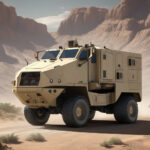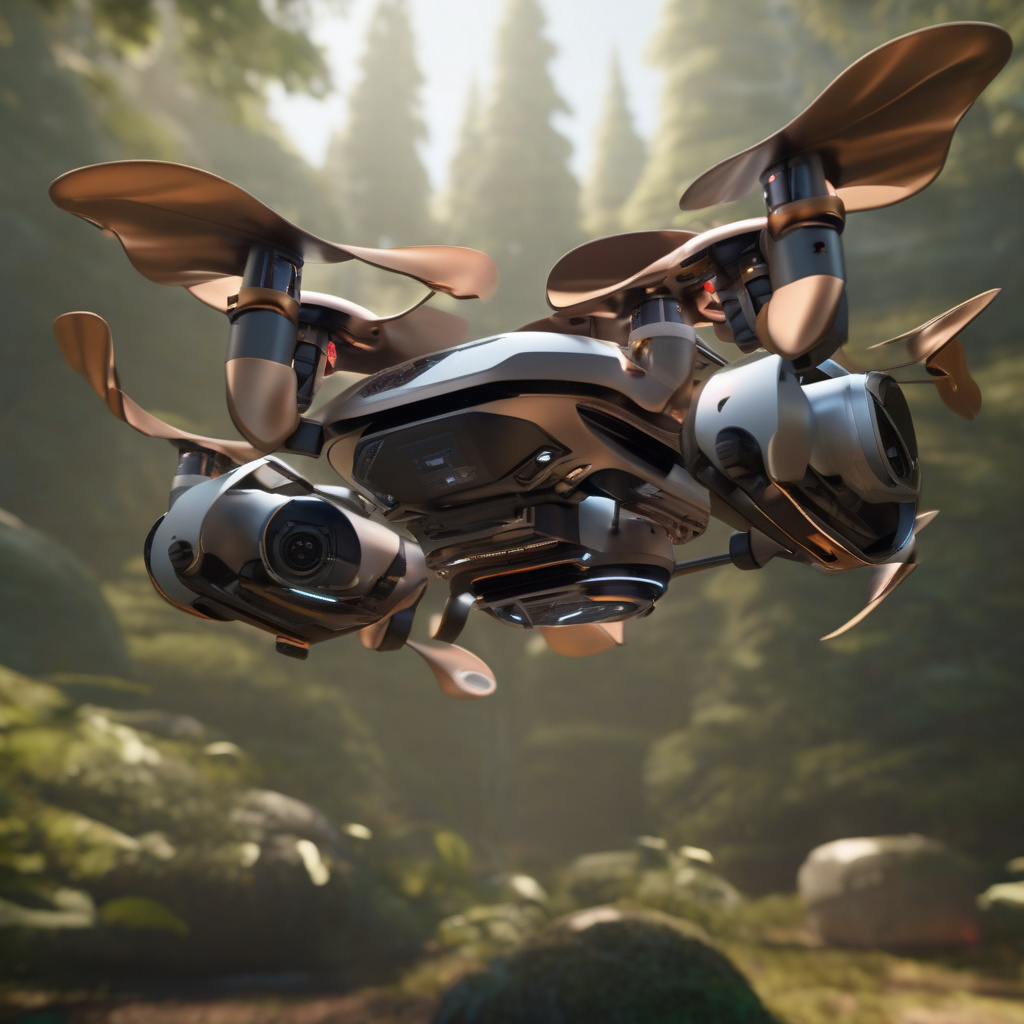Flying Squirrel-Style Drone with Foldable Wings Tracks 13% Better Than Rivals
Flying squirrels’ speed, agility, and aerial skills have now inspired a breakthrough in drone technology. Researchers have developed a cutting-edge drone design that mimics the unique flying abilities of these remarkable creatures. By incorporating foldable wings into the drone’s structure, they have achieved a significant increase in tracking performance – outperforming rival drones by an impressive 13%.
The concept of biomimicry, where technology imitates nature, has long been a source of inspiration for innovation. In this case, studying the flying squirrel’s natural flight mechanisms has led to the development of a drone that excels in both maneuverability and efficiency. By emulating the way flying squirrels glide through the air by spreading their patagium (a furry membrane that stretches from their wrists to their ankles), researchers have created a drone that can navigate challenging environments with ease.
The key feature of this new drone design is its foldable wings, which allow it to adjust its wingspan based on the task at hand. This adaptability is crucial for maximizing performance in dynamic flight conditions. Whether it’s navigating tight spaces, evading obstacles, or tracking targets with precision, the foldable wings give this drone a competitive edge.
One of the most significant advantages of the flying squirrel-style drone is its enhanced tracking capabilities. By folding its wings to reduce its wingspan, the drone can achieve higher speeds and greater agility, making it ideal for tracking fast-moving targets. In comparative tests against traditional drones, the flying squirrel-style drone consistently outperformed its rivals, maintaining lock on targets 13% more effectively.
Beyond its superior tracking performance, the flying squirrel-style drone also boasts increased energy efficiency. By adjusting its wingspan to match the demands of the flight task, the drone can minimize energy consumption without compromising performance. This efficiency not only extends the drone’s flight time but also reduces the overall cost of operation, making it a compelling choice for a wide range of applications.
The potential applications for this innovative drone technology are vast. From search and rescue missions to wildlife monitoring, security surveillance, and beyond, the flying squirrel-style drone offers a versatile platform for various industries. Its ability to navigate complex environments with precision and efficiency makes it a valuable tool for tasks that require both speed and agility.
As technology continues to evolve, drawing inspiration from nature’s own designs can lead to groundbreaking innovations. The flying squirrel-style drone with foldable wings is a prime example of how biomimicry can drive progress in the field of robotics. By harnessing the natural abilities of flying squirrels, researchers have unlocked new possibilities for drone technology, paving the way for a future where aerial systems are not just inspired by nature but directly informed by it.
In a world where performance and efficiency are paramount, the flying squirrel-style drone stands out as a testament to the power of bio-inspired design. By blending the best of nature and technology, this drone is poised to revolutionize the way we approach aerial robotics, setting a new standard for innovation in the industry.
#FlyingSquirrel, #DroneTechnology, #Biomimicry, #Innovation, #AerialRobotics












